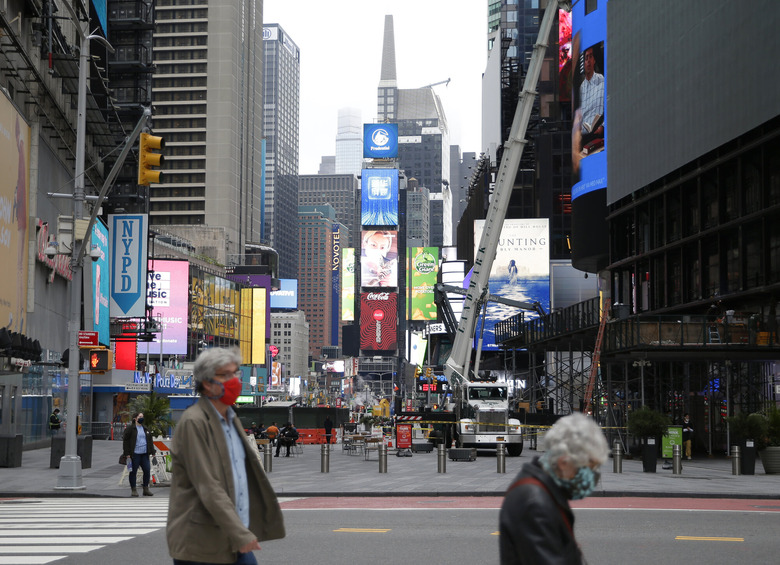Terrifying Study Warns That Our Cities Could Be Sinking
Climate change isn't an issue that is likely to go away anytime soon, especially as many continue to pretend it isn't even real. However, a new study has raised new concerns over the effects that climate change could have on our world, and it isn't just tied to the ice shelves melting. According to this new study, underground climate change could cause massive issues to our city infrastructures, even causing them to sink some time in the future.
If the thought of Chicago or New York City sinking into the ground isn't terrifying, then I really don't know what is. The study was conducted by researchers at Northwestern University. Led by Alessandro Rotta Loria, the study says that the ground is deforming underneath our cities as a direct result of underground climate changes.
But what exactly is underground climate change? According to the study, it's climate change driven by changing temperatures in the subsurface of our planet, much of which is caused by underground infrastructure such as subway tunnels. As these tunnels are operated, heat is released into the ground around them, which in turn causes it to deform, sometimes even changing by up to several millimeters.
While that isn't a huge change, these small changes aren't something that we've accounted for in the construction of our city infrastructures. As such, any small changes can open the door for our infrastructure to become compromised. The study focused heavily on places in Chicago, and while direct evidence of deterioration caused by underground climate change wasn't found, it's possible past damage to civil infrastructure was exacerbated by the changing temperatures.

The heat distributed from buildings, subways, and other underground infrastructure deforms clay and other ground materials around the structures, and while the rate of sinking isn't anything like what you'd expect from a disaster movie about a city sinking into the ground, it is still concerning, and something that will no doubt only get worse.
However, the researchers have come up with a way to use that heat driving underground climate change for good. If we can capture it using geothermal systems, we could re-output it into the buildings and other infrastructure and use it as an untapped energy source. Of course, that requires even more infrastructure to make that happen, but it is a novel idea.
